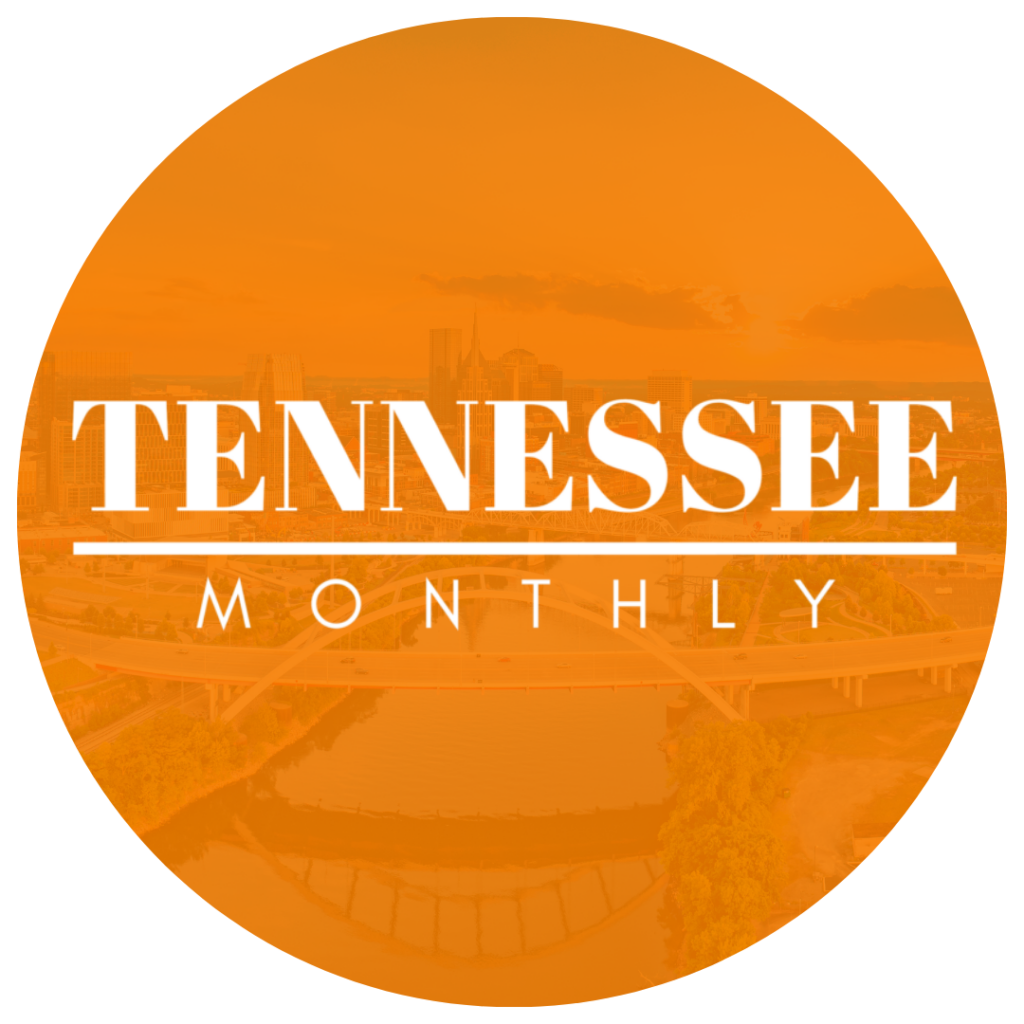In the digital age, social media algorithms play a crucial role in how we interact with online platforms. They determine which content we see, how often we see it, and even how it shapes our online behaviors. Algorithms are designed to personalize user experiences, but they also raise significant questions about control, privacy, and information dissemination. So, how exactly do social media algorithms influence our online lives?
Read Also: Memphis: Birthplace of Blues, BBQ Capital, and Home to Graceland
What Are Social Media Algorithms?
At their core, social media algorithms are sets of rules or instructions that decide what content appears on our feeds. Platforms like Facebook, Instagram, Twitter, and TikTok use algorithms to filter through vast amounts of content and deliver the most relevant posts to individual users. These algorithms rely on various factors such as engagement history, user preferences, location, and even the time of day to determine what users are most likely to interact with.
Unlike traditional media, which broadcasts the same content to everyone, social media is inherently personalized. Algorithms prioritize content from users’ friends and interests, showing posts that align with their past behavior or content engagement. For example, if you frequently like or comment on travel posts, an algorithm will prioritize similar content in your feed.
How Do Algorithms Personalize Our Feeds?
Personalization is one of the main functions of social media algorithms. By analyzing user activity, these algorithms create a tailored feed designed to increase engagement. The more you interact with certain types of content, the more the algorithm learns about your preferences and adapts accordingly.
Platforms use complex machine learning models to predict what you might enjoy. They consider factors like:
-
Past interactions: The posts you’ve liked, shared, or commented on.
-
Engagement patterns: How often you engage with certain users or types of content.
-
Time spent on the platform: How long you linger on specific posts or content types.
-
Content type: The algorithm prioritizes certain media (e.g., video, images, text) depending on user behavior.
-
Trending topics: Popular content within your network or location.
By continuously learning from your activity, social media algorithms create a dynamic and evolving feed, constantly adjusting to keep you engaged and returning for more.
How Do Algorithms Impact What We See?
The influence of social media algorithms extends beyond just personalizing content—it also shapes what users perceive as important or relevant. Algorithms prioritize content that is more likely to elicit an emotional or engagement-driven response, such as likes, shares, and comments.
This has profound implications on the diversity of content we encounter. Since algorithms favor posts that generate high engagement, there can be a tendency to amplify sensational, emotional, or polarizing content. For example, a provocative headline or an emotional post may get more attention, pushing content that elicits strong reactions to the top of our feeds.
This selective visibility means that users may become trapped in “filter bubbles”—exposed primarily to content that reinforces their existing views and interests. As a result, social media can sometimes present a distorted version of reality, where certain topics or voices dominate.
How Do Algorithms Affect User Behavior?
Social media algorithms are not just about content delivery; they also influence how users behave on these platforms. By rewarding certain actions, algorithms encourage users to engage in specific ways. For instance, if you post a photo that receives lots of likes or comments, the algorithm may suggest that you post more similar content in the future.
Additionally, the more time you spend on social media, the more likely the algorithm is to keep showing you content that will keep you engaged. This feedback loop can lead to users spending more time scrolling, liking, and sharing, sometimes without even being fully aware of how their online habits are being shaped.
Moreover, algorithms can reinforce user habits by showing content that prompts emotional reactions or encourages social comparison, potentially leading to addictive behaviors or feelings of dissatisfaction.
What Are the Benefits and Drawbacks of Social Media Algorithms?
Social media algorithms offer numerous benefits. The most obvious is personalization. Instead of being overwhelmed by a sea of irrelevant content, users can find posts, videos, and articles that match their interests and preferences, making the social media experience more enjoyable and time-efficient.
However, there are significant drawbacks. One concern is the lack of diversity in content. As algorithms prioritize engagement, they tend to favor sensational or extreme content, which can create echo chambers or reinforce harmful stereotypes. Furthermore, the constant pressure to create engaging content for the algorithm can lead to superficiality or manipulation, as creators cater to what the algorithm rewards rather than focusing on authentic, meaningful expression.
Another concern is privacy. Social media algorithms collect massive amounts of data on user behavior, preferences, and interactions to function effectively. This data is not only used for personalization but is also monetized through targeted advertising. The question of how much control users have over their data—and how transparent companies are with its use—remains a critical issue.
How Do Algorithms Shape Political and Social Discourse?
One of the most significant ways social media algorithms shape our lives is by influencing political and social discourse. Algorithms can contribute to the spread of misinformation and propaganda by prioritizing sensational or controversial content over fact-based reporting. This can have serious consequences, especially in elections or during times of social unrest.
Social media platforms have come under scrutiny for allowing extremist content to thrive or for exacerbating political polarization. Algorithms that prioritize engagement may inadvertently contribute to these issues by amplifying divisive voices or content that sparks outrage. This has led to calls for greater accountability in how these platforms operate and how algorithms are designed.
Can We Control the Impact of Algorithms?
While social media algorithms are designed to optimize engagement, it is possible for users to exert some level of control over their experiences. Many platforms now allow users to adjust content preferences, mute certain topics or users, and even limit the data that is shared with the algorithm. Additionally, users can make conscious choices about their online habits—curating their social media feeds by following a wider range of accounts and actively engaging with diverse content.
However, full control is still limited. Since algorithms operate behind the scenes and constantly evolve, users may not always be aware of how their online experience is being shaped.
Read Also: Saturn’s Rings: What We Know Now
What Is the Future of Social Media Algorithms?
As social media platforms continue to evolve, so too will the social media algorithms that power them. The next generation of algorithms may become more transparent, allowing users to understand how their feeds are curated and enabling them to customize their experiences further.
There is also growing interest in developing algorithms that prioritize well-being, diversity, and authenticity, rather than just engagement. As social media platforms face increasing pressure to address the negative effects of algorithm-driven content, future algorithms may seek to balance personalization with responsible content delivery, potentially fostering healthier, more balanced online environments.








